Culture and Heritage
Welcome to the Herzegovina Wine Route, where stunning landscapes, unique culture, and world-class wines combine to offer a memorable experience for wine and culture enthusiasts alike.
This picturesque region showcases the best of Bosnia and Herzegovina, from the breathtaking views in Mostar to the historic charm of Trebinje, Ljubuški with the oldest museum in Bosnia and Herzegovina, religious and pilgrimage sites, and UNESCO sites like the Old Bridge and Radimlja necropolis.
The Herzegovina Wine Route is home to a vibrant wine and religious heritage, with iconic places to explore such as the pilgrimage site in Medjugorje, the Tekke in Blagaj, and the monasteries around Trebinje. Other highlights include the Tvrdos Monastery, the Rabi Moša Danon site in Stolac, and the numerous vineyards that dot the landscape. Whether you’re looking to explore the region’s spiritual side or its winemaking traditions, the Herzegovina Wine Route offers a unique insight into the culture and history of the region.
HWR
Culture and Heritage

Church of St. Elijah
The Church of St. Elijah is located on the top of Ilija hill (Ilijina glavica) in the village of Mesari, north of the main road Trebinje – Mostar. It is located on the edge of Popovo polje, 20 km west of Trebinje. The Church of St. Elijah is a trikonchos, which has been rebuilt several times. The last time, according to the inscription on the architrave beam, was in 1897. This church has a pre-Romanesque stylistic character, and it is considered that the original church was probably built in the period from the 9th to the 11th century. It is among the oldest buildings in Herzegovina. The Church of St. Elijah with a prehistoric burial mound (tumulus) and a necropolis with stećci in Mesari was declared a national monument of Bosnia and Herzegovina in 2008.
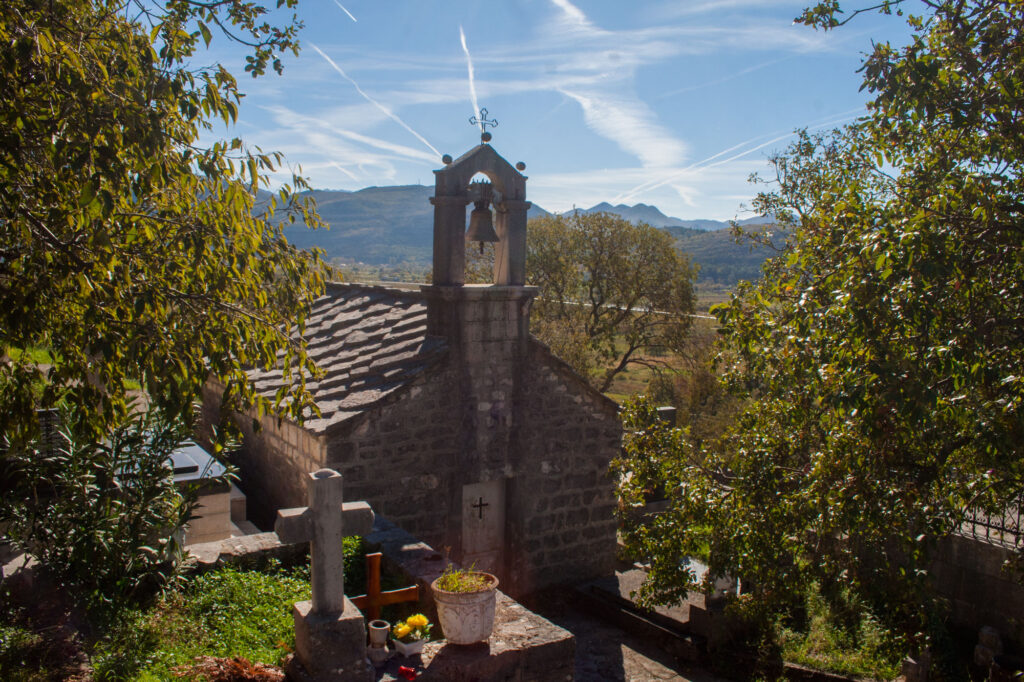
Church of St. Kliment
Church of St. Klimenta, popularly known as Klimentica, a typical Mediterranean medieval stone church, is located on the right bank of the Trebišnjica river, in the village of Mostaći. It is considered one of the oldest churches in our region. This church is interesting because of its paintings that decorate all wall surfaces from top to bottom. The decoration of this church, together with other significant churches from the period of the Turkish occupation of our region, has, first of all, great value as a cultural and historical monument.
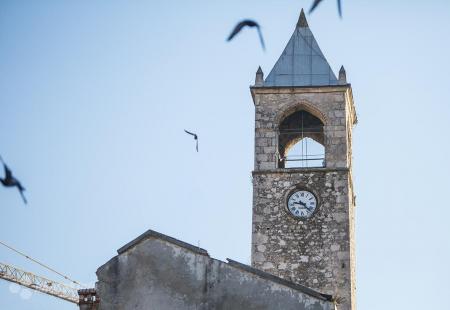
Clock Tower
Another important monument belonging to the prolific Ottoman period is the Clock Tower standing beside the Herzegovina Museum. This square tower, dating back to 1630, is 15 meters high and verbal tradition relates that it was built and commissioned by an influential lady named Fatima – Kaduna Šarić. The well known Ottoman writer and traveler Evlija Čelebija wrote that the sound of its bells could be heard at a distance of three hours’ walk away.
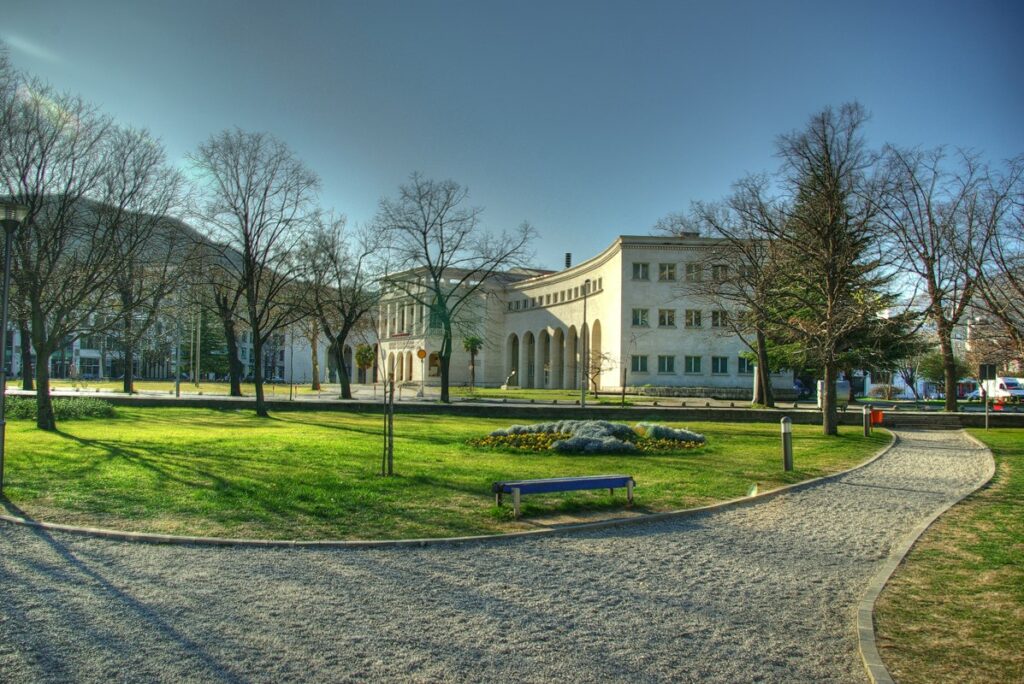
Cultural Center Herceg Stjepan Kosača
The Centre organizes exhibitions and various cultural events, amongst which is the well-known Dani Matice Hrvatske, with a rich programme of diverse cultural events which, between March and May every year, enlivens the city of Mostar and of many others in Bosnia Herzegovina (Sarajevo, Banja Luka,Bugojnu, Prozor/Rama, Šćit, Međugorje, Konjic, Čapljina, Stolac, Rotim lja, Buna). The programme, managed and organized by the Croatian Community, offers events for all tastes: classical, pop and modern music concerts, theatre, puppet shows, exhibitions, cinema reviews, poetry readings, book and CD music presentations.
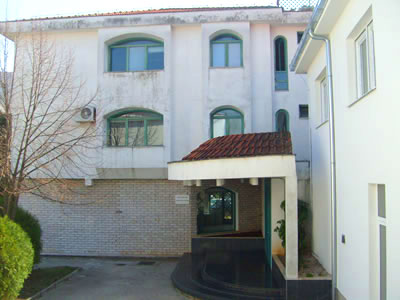
Cultural Centre
Every year during the month of July, the Centre organizes the famous Mostarski Ljetni Festival (Mostar Summer Festival) that is very proud of its twenty-year old tradition. It includes various cultural events such as concerts, theatre, puppetshows, exhibitions, poetry readings, book presentations and many other events.
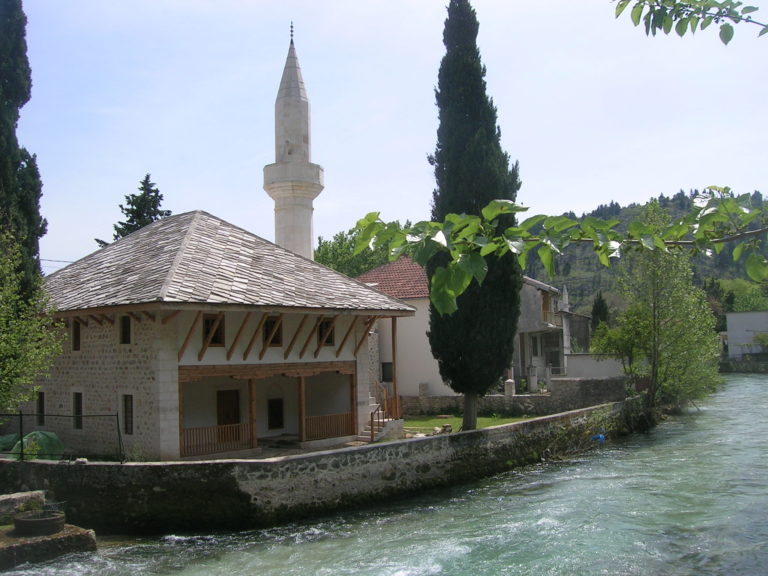
Ćuprija mosque
Mosque of Hajji Alija Hadzisalihovic or Cuprija mosque was built in 1736, on the left bank of the river Bregava, next to Inat Cuprija. According to Decision of the Commission for the Protection of National Monuments, on January 21, 2003, it was declared a national monument of Bosnia and Herzegovina
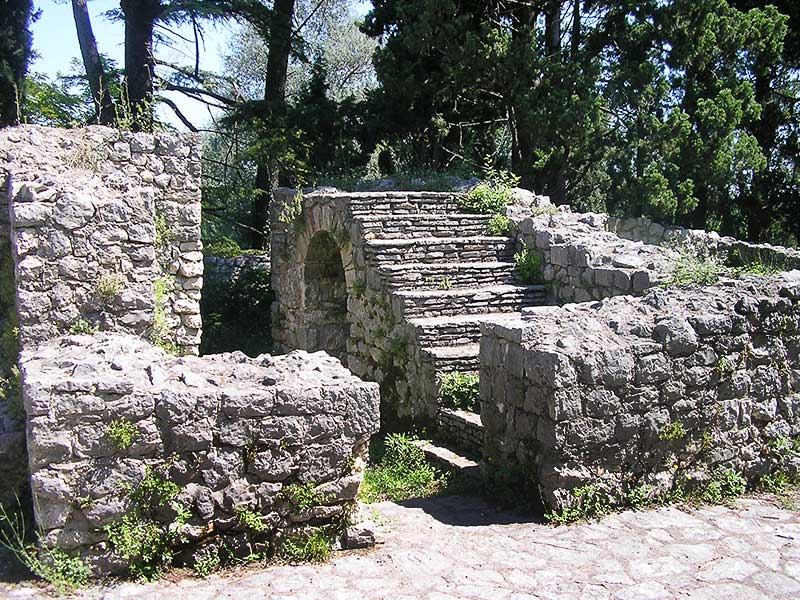
Antique Villa Mogorjelo
Mogorjelo is one of the most important monuments of the Roman era in Bosnia and Herzegovina and belongs to the most beautiful buildings of late antique architecture. Mogorjelo supplied the Roman city of Narona and probably served in the defense of the city and its surrounding, a dense grove of coastal trees (cypress) gives this monument a particularly beautiful frame. The building was excavated between 1889 and 1903, and in the following years it was conserved, being declared as a national monument in 2002.

Apparition Hill and the Blue Cross
Apparition Hill and the Blue Cross in Medjugorje hold profound spiritual significance for millions of pilgrims worldwide. Medjugorje is a renowned pilgrimage site where, since June 1981, six young visionaries have reported regular apparitions of the Virgin Mary. Apparition Hill, or Podbrdo, is the site where the first apparition allegedly occurred, drawing countless devotees seeking solace, healing, and spiritual renewal. On the other hand, the Blue Cross, situated at the base of Apparition Hill, has become a place of intense prayer and reflection, where visitors meditate on the sufferings of Christ and present their intentions to the Virgin Mary. Both sites have become symbols of hope and faith, attracting people from various backgrounds to seek divine encounters and experience the transformative power of Medjugorje’s spiritual atmosphere.

Antique Villa Mogorjelo
Mogorjelo is one of the most important monuments of the Roman era in Bosnia and Herzegovina and belongs to the most beautiful buildings of late antique architecture. Mogorjelo supplied the Roman city of Narona and probably served in the defense of the city and its surrounding, a dense grove of coastal trees (cypress) gives this monument a particularly beautiful frame. The building was excavated between 1889 and 1903, and in the following years it was conserved, being declared as a national monument in 2002.

Apparition Hill and the Blue Cross
Apparition Hill and the Blue Cross in Medjugorje hold profound spiritual significance for millions of pilgrims worldwide. Medjugorje is a renowned pilgrimage site where, since June 1981, six young visionaries have reported regular apparitions of the Virgin Mary. Apparition Hill, or Podbrdo, is the site where the first apparition allegedly occurred, drawing countless devotees seeking solace, healing, and spiritual renewal. On the other hand, the Blue Cross, situated at the base of Apparition Hill, has become a place of intense prayer and reflection, where visitors meditate on the sufferings of Christ and present their intentions to the Virgin Mary. Both sites have become symbols of hope and faith, attracting people from various backgrounds to seek divine encounters and experience the transformative power of Medjugorje’s spiritual atmosphere.

Archaeological site Gabela
Gabela is a national cultural monument of Bosnia and Herzegovina. Due to its strategic location, Gabela was also inhabited in Roman times, from which we have the remains of a brick factory and farm buildings on the outskirts of the town. Of the large number of medieval buildings, the remains of the old fort and a stone plaque with a large winged lion, the symbol of the Republic of Venice, are the most impressive to this day. Gabela was from the 15th to the 18th century a large trading center, but also an important strategic fortress on the Venetian-Turkish border. At one time it was known as the slave square. Various political and economic interests were competing for supremacy over Gabel. The Turks occupied it in 1477, and after several failed attempts in 1694, the Venetians occupied Gabela, then with the Peace of Požarevac in 1718, Gabela belonged to the Turks, and the Venetians demolished all the important buildings. Gabela is again under Turkish administration, but without its former power. During the Austro-Hungarian rule and the construction of the narrow-gauge railway, Gabela was a junction from Sarajevo to Dubrovnik and Metković. The Mexican scientist Roberto Salinas Price developed a hypothesis based on geographical information in the Iliad that the Trojan War was in the valley of the Neretva River, that is, that Gabela was Ilios, the capital of the state of Troy.